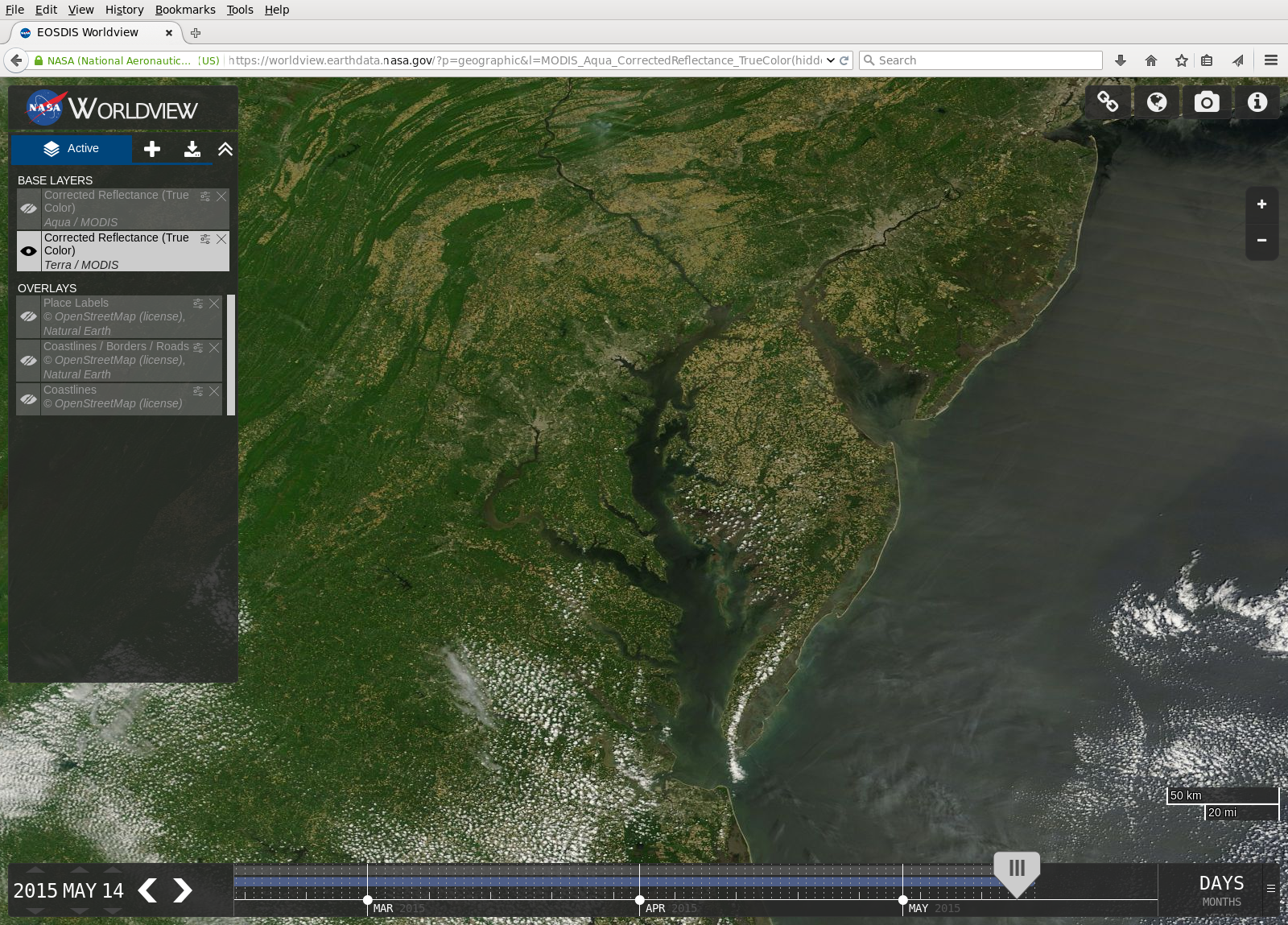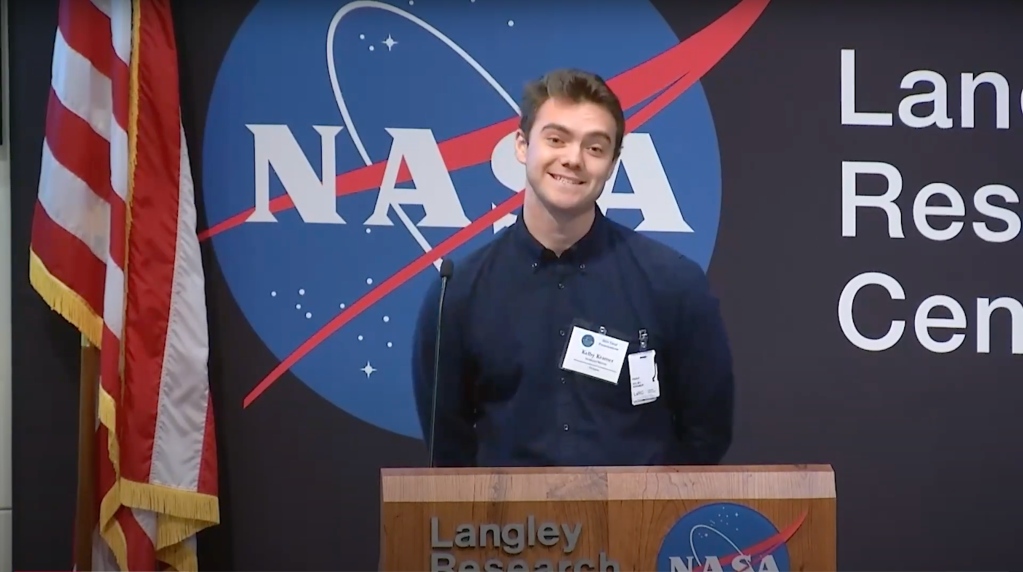Name: Jeff Schmaltz
Title: Senior Support Scientist
Organization: Code 619, Terrestrial Information Systems Laboratory, Earth Sciences Directorate
“Curious Jeff” Schmaltz is on his third career.
What do you do and what is most interesting about your role here at Goddard? How do you help support Goddard’s mission?
Our group provides real-time Earth imagery from NASA Earth-observing satellites. The data is transmitted from the satellites to the ground stations, then to NASA’s Goddard Space Flight Center in Greenbelt, Maryland, and then to the near-real-time data processing system. The data is basically numbers that we convert to images which we place on NASA websites such as https://worldview.earthdata.nasa.gov.
Our images come from the Moderate Resolution Imagine Spectroradiameter (MODIS) instrument flying on the Aqua and Terra satellites. Each satellite covers the entire Earth every day, so we receive two complete images of the Earth daily. From the time the satellite acquires data to the time we put the image on our website is roughly three to four hours.
What is your education?
I have three master’s degrees, one each in wildlife management, computer science and remote sensing.
Please tell us about your three different careers.
Since I was a kid in Connecticut, I wanted to work in the outdoors with animals. I got a master’s in wildlife management and then worked as a wildlife biologist for the U.S. Forest Service in the Daniel Boone National Forrest in Somerset, Kentucky. We counted endangered woodpeckers and maintained the forest. I spent all day outside walking through the forest and then came in later to do the paperwork.
I returned to school to get a master’s in computer science. Although I intended to apply my new skills to natural resource management, I was seduced by computer graphics, which was in its infancy. My next job was with the Department of Energy’s Pacific Northwest Laboratory in Richland, Washington. I wrote software for scientists, which was then called scientific programming. We also used the computer to prospect for gold, but we never found any.
I went back to school again, this time, for a master’s in remote sensing. Then I came to work for Goddard.
Is there a connection between your different careers?
My careers are connected through the common theme of computers. I’m excited that some of the imagery I’m currently creating is being used by the wildlife management and forestry community where I initially started.
What inspires you?
For many years, I have had a quote on my wall from Alfred Lord Tennyson’s poem “Ulysses”:
Yet all experience is an arch wherethro’
Gleams that untravell’d world whose margin fades
For ever and forever when I move.
I always want to move forward, to see what is beyond the horizon, to try something new. It’s the way I was born. I’m curious.
What are you searching for at Goddard?
I want to make a practical difference in people’s lives.
How do you make a practical difference?
The thing that is so exciting about my work is that the satellites were originally designed for scientific research, to collect data, but people at Goddard and around the world have found so many other practical uses. In 2000, the western U.S. had a very bad fire season. At that time, the data from our Earth-observing satellites showing the location of the forest fires took weeks to months to be publically available. At the request of the Forest Service, a team from Goddard and the University of Maryland figured out how to make this data available the same day.
Many other uses have been found for this information including tracking drought and agricultural production, volcanic ash and dust storms.
What is the role of teamwork?
Everything that I do involves teamwork. Thousands of people, in hundreds of disciplines, living all over the world are involved.
What life lesson would you pass along?
You can take anyone’s life story and make a good, entertaining hour-and-a-half movie out of it. Everyone is more interesting than they think.
What would you say to somebody just starting at Goddard?
You never want to be the smartest person in a place because you want to learn from other people. At Goddard, you are surrounded by geniuses. Take advantage of that.
What is first on your bucket list?
I’ve always wanted to go to New Zealand to see the spectacular landscape and wildlife.
By Elizabeth M. Jarrell
NASA’s Goddard Space Flight Center, Greenbelt, Md.

Conversations With Goddard is a collection of Q&A profiles highlighting the breadth and depth of NASA’s Goddard Space Flight Center’s talented and diverse workforce. The Conversations have been published twice a month on average since May 2011. Read past editions on Goddard’s “Our People” webpage.































